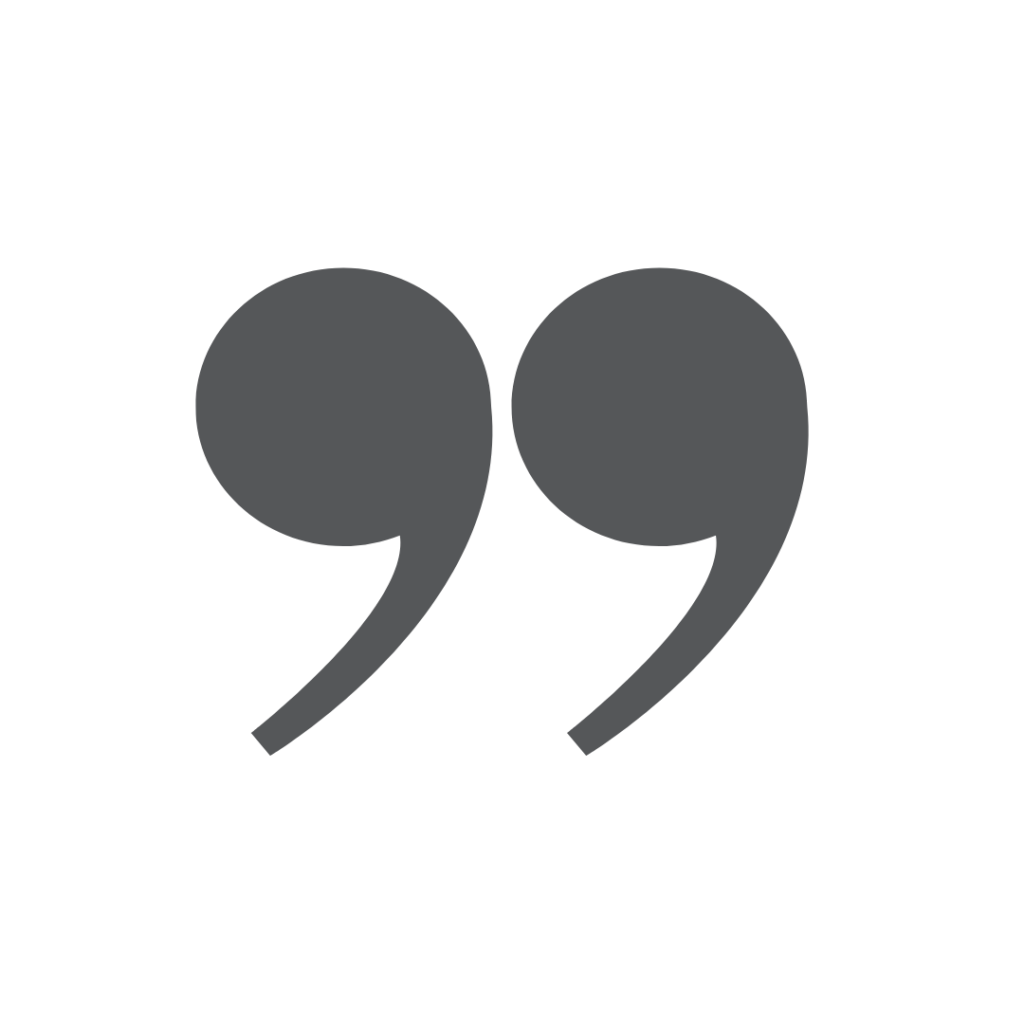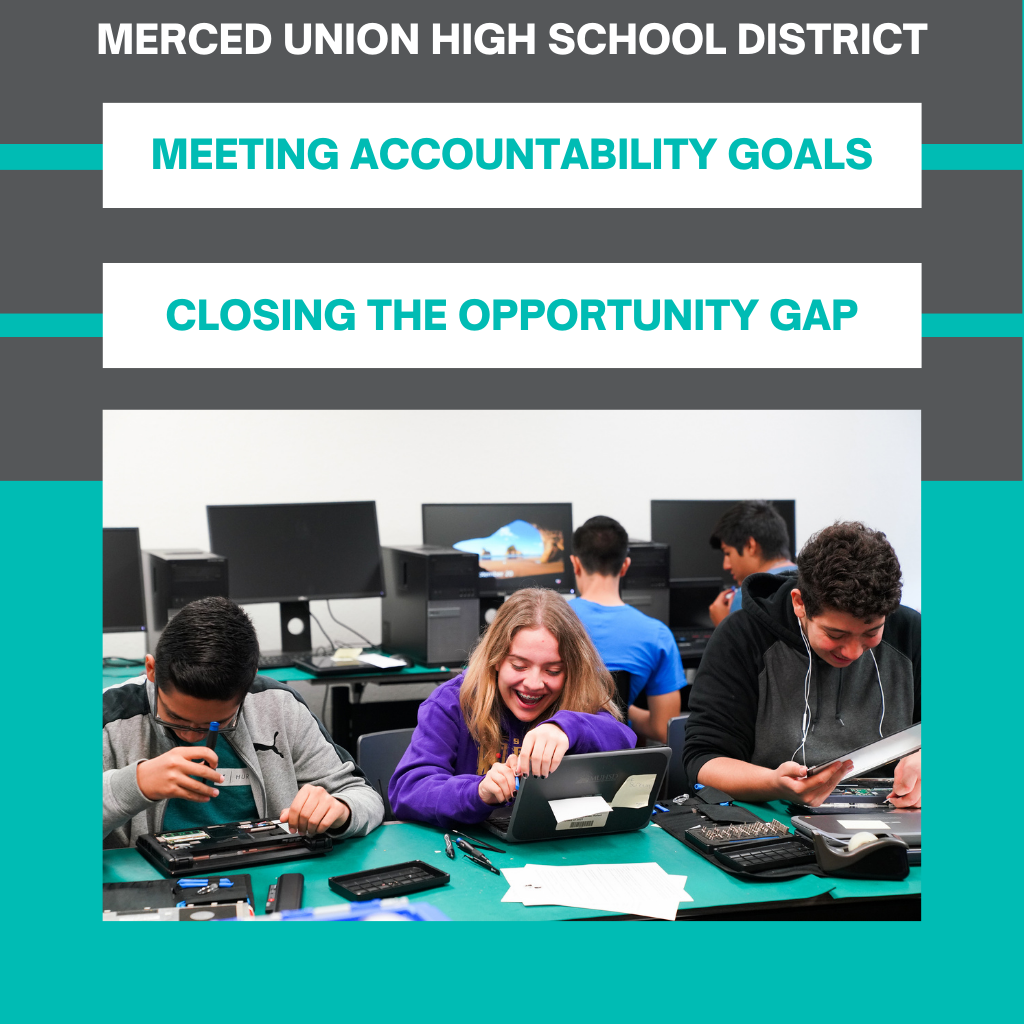Develop Critical Thinking Curriculum: Implement These Examples of Critical Thinking in Your School

We don’t teach standalone lessons on critical thinking. We introduce it at the beginning of the year, but then it just becomes part of the shared language. The teachers use it over and over again in the context of the lessons they teach.
– Jeff Heyck-Williams

INTRO
Two Rivers, a Washington D.C. preK-8 Expeditionary Learning (EL) school founded in 2004, embeds critical thinking in the school’s culture—or as Jeff Heyck-Williams, director of curriculum and instruction, says, “making it a habit of mind.”
Expeditionary Learning schools are grounded in what Outward Bound founder, Kurt Hahn, believed about education—that hands-on experience is the best way to learn.
Starting five years ago, Two Rivers was given nonprofit funding to develop a critical thinking curriculum along with assessment tools. Below are some examples of what the school is doing.
OBJECTIVES
- Develop a critical thinking definition for your school
- Identify core constructs to teach critical thinking skills
- Design a thinking routine for your core constructs
- Hold student-led conferences
ACTIVITY
Develop a Critical Thinking Definition For Your School to Adopt
Two Rivers came up with the below definition, and added it to predominate public places, such as the website.
“We define critical thinking and problem solving as the broadly applicable cognitive skills that people use in constructing knowledge, identifying patterns, formulating arguments, and solving problems.”
Identify Core Constructs to Teach Critical Thinking Skills
Two Rivers decided on:
- Effective reasoning
- Decision-making
- Problem-solving
Design a Thinking Routine for Your Core Constructs
For example, Two Rivers decided that Effective reasoning demands that students apply CSQ—for making a “claim”; showing evidence to “support” it; then challenging that claim by anticipating “questions” others might ask.
Elementary Class Example:
Ask your students to look at a “mystery picture,” just a slice of a photo. Then, have the students fill in these blanks on a piece of paper:
Claim: I think it is a ____________.
Support: It is a ____________ because _________ and _________.
Question: Could it also be a ___________?
The point of the exercise is to get your brains thinking about a claim, two pieces of support, and being flexible, considering whatever else it could be.
Design Grade-Appropriate Rubrics and Assessments
Two Rivers came up with rubrics, coupling each routine component with levels of mastery measured by “performance tasks” or “short assignments where a student takes on new content without previous knowledge of it, and tries to figure it out using a thinking routine administered once or twice a year.”
Hold Student-Led Conferences
Students present a portfolio of their work to their guardians with the teachers, and explain how they had to use a problem-solving routine to complete the various tasks and projects.






Responses